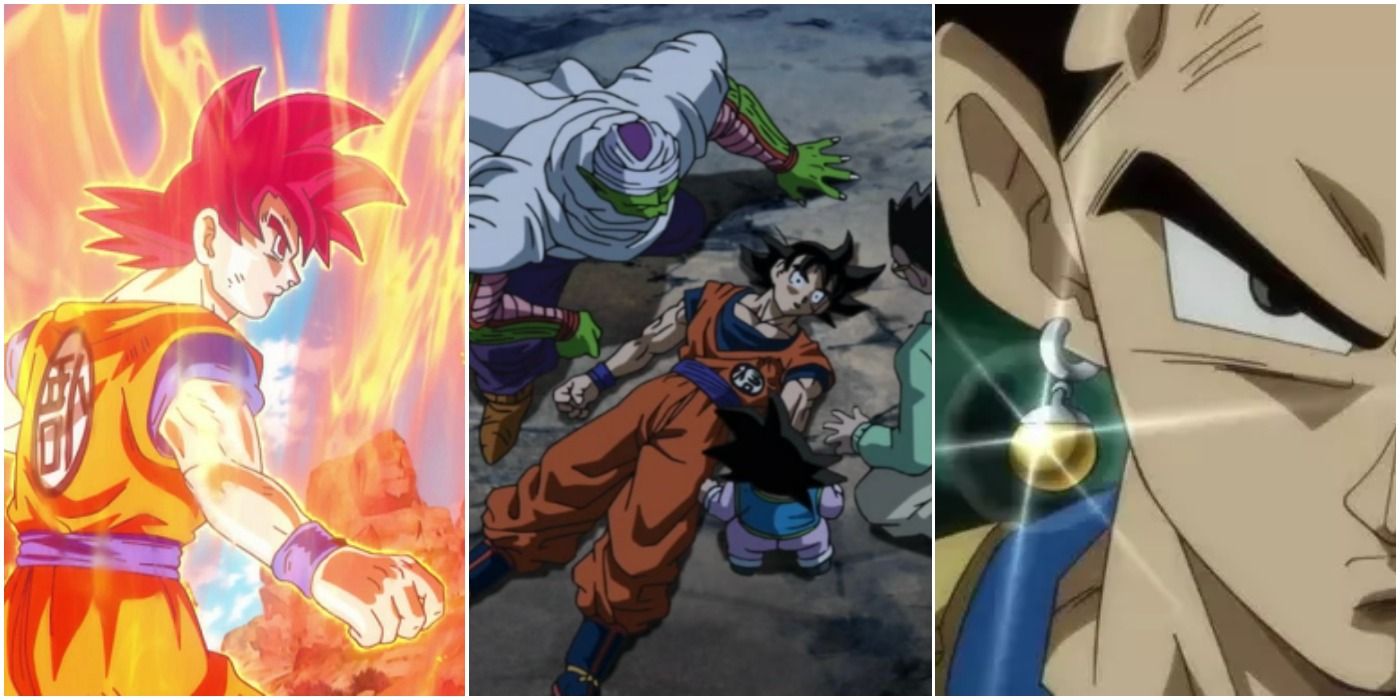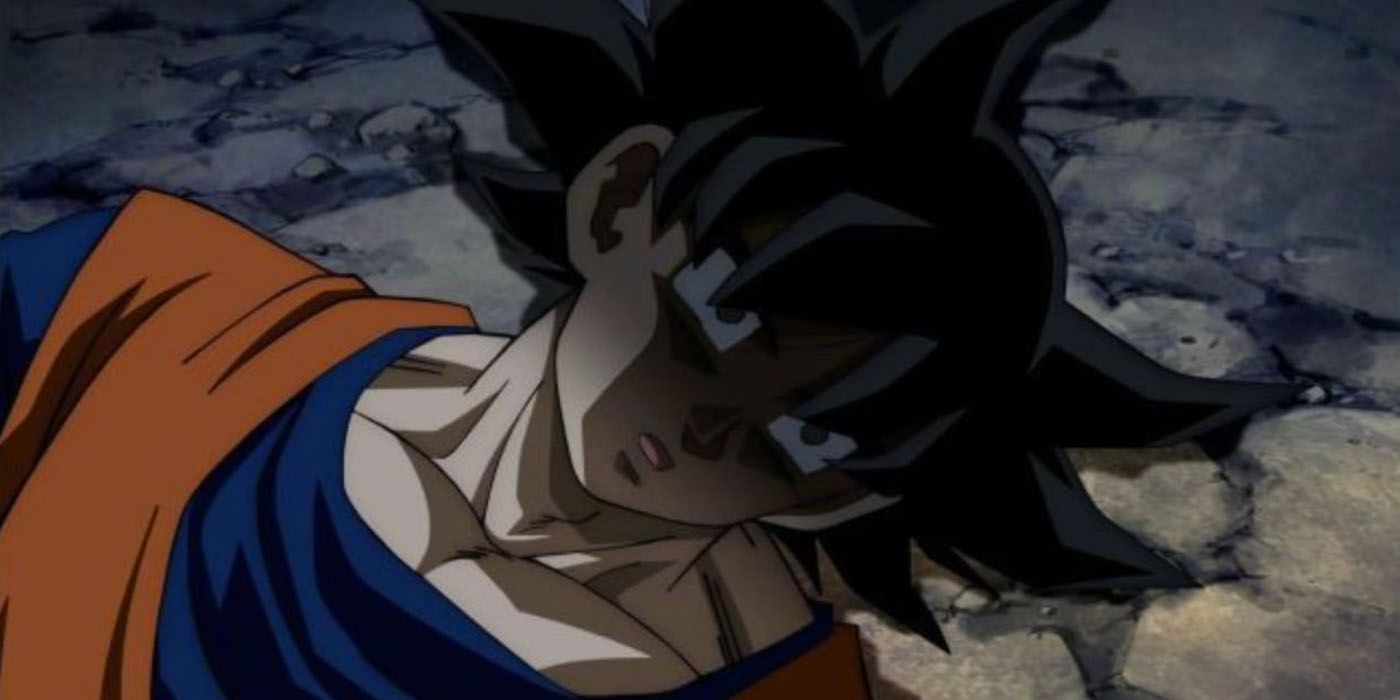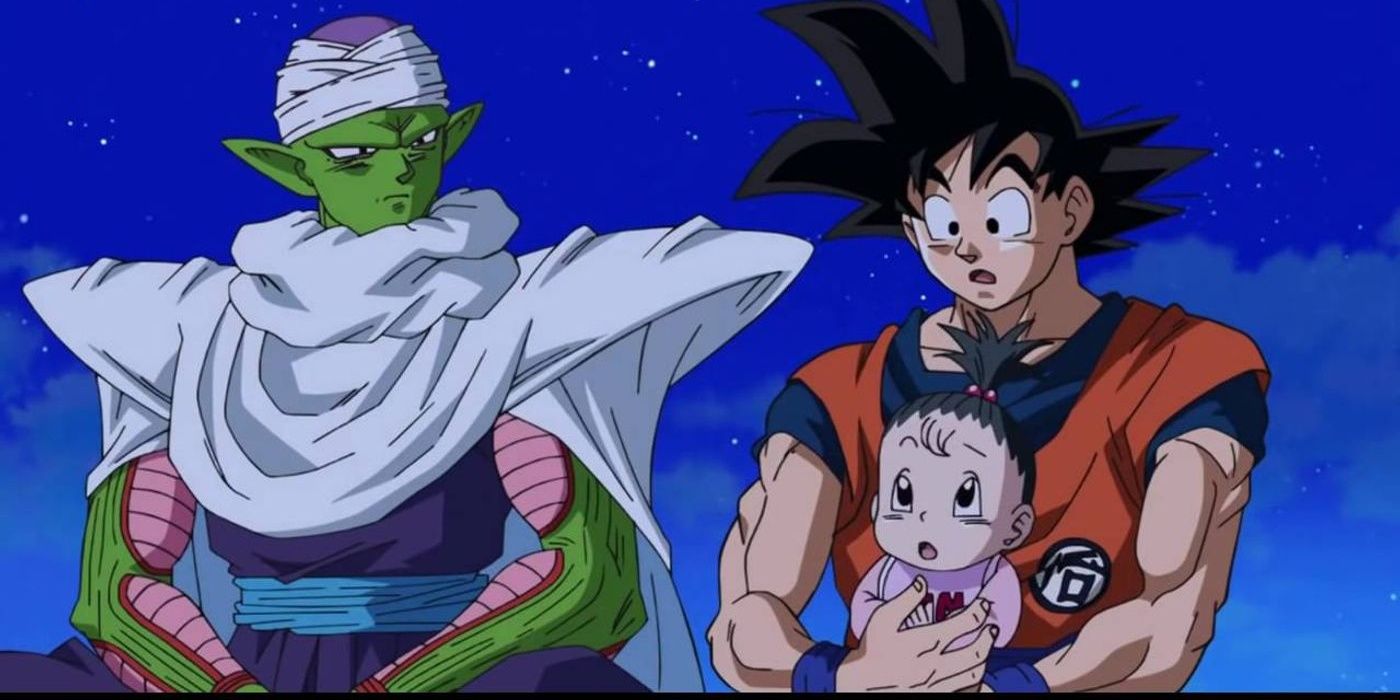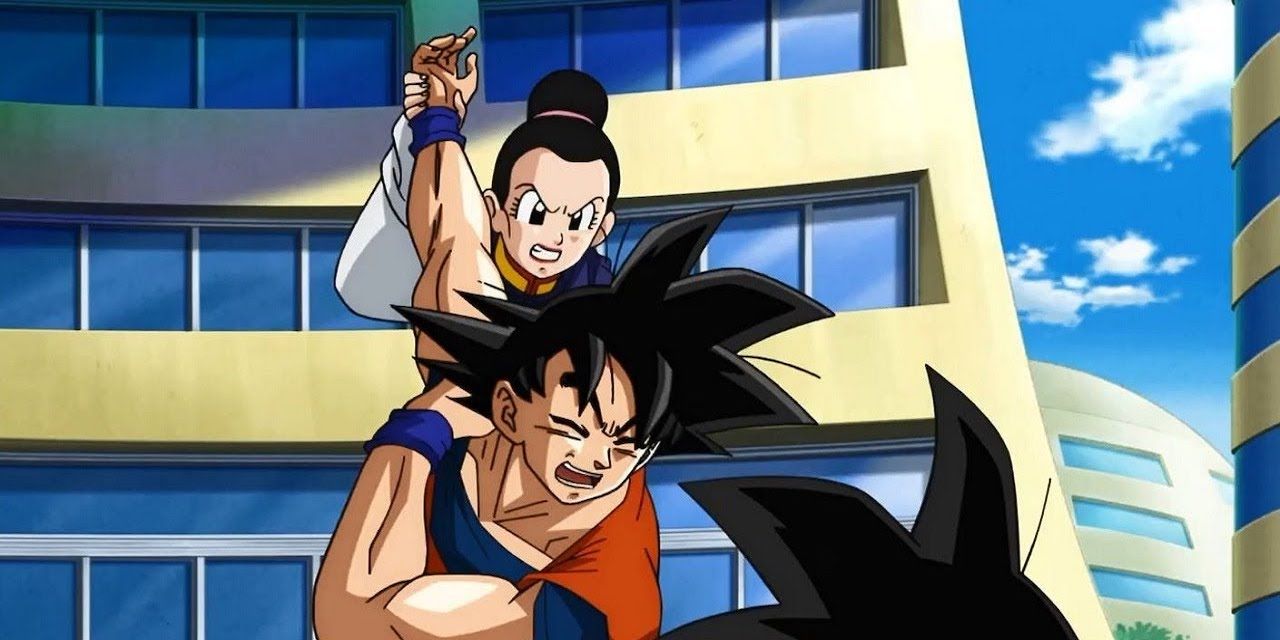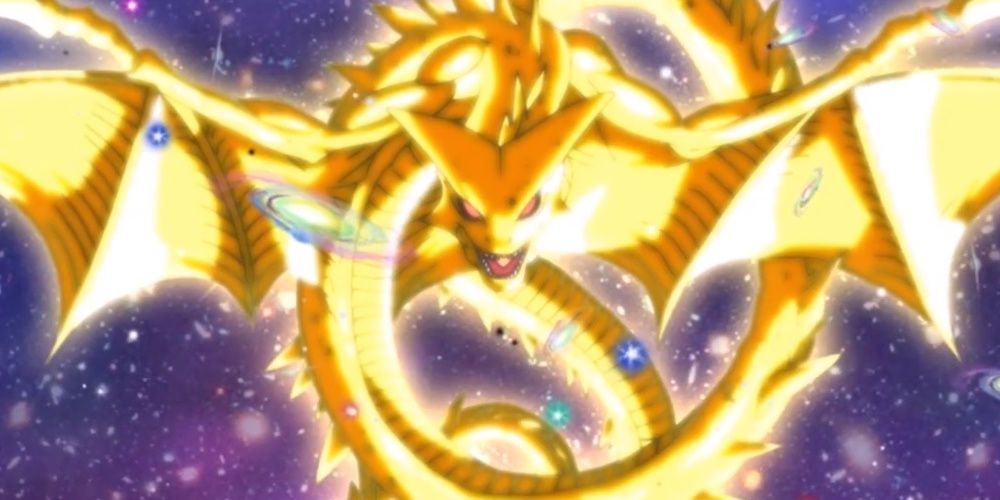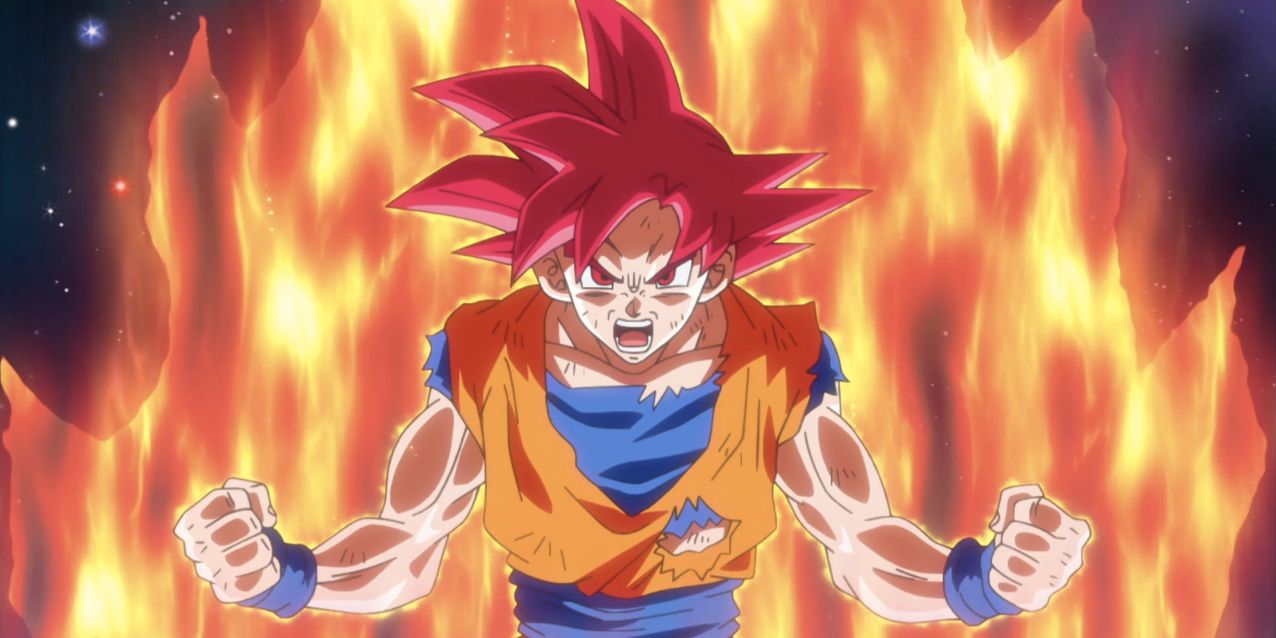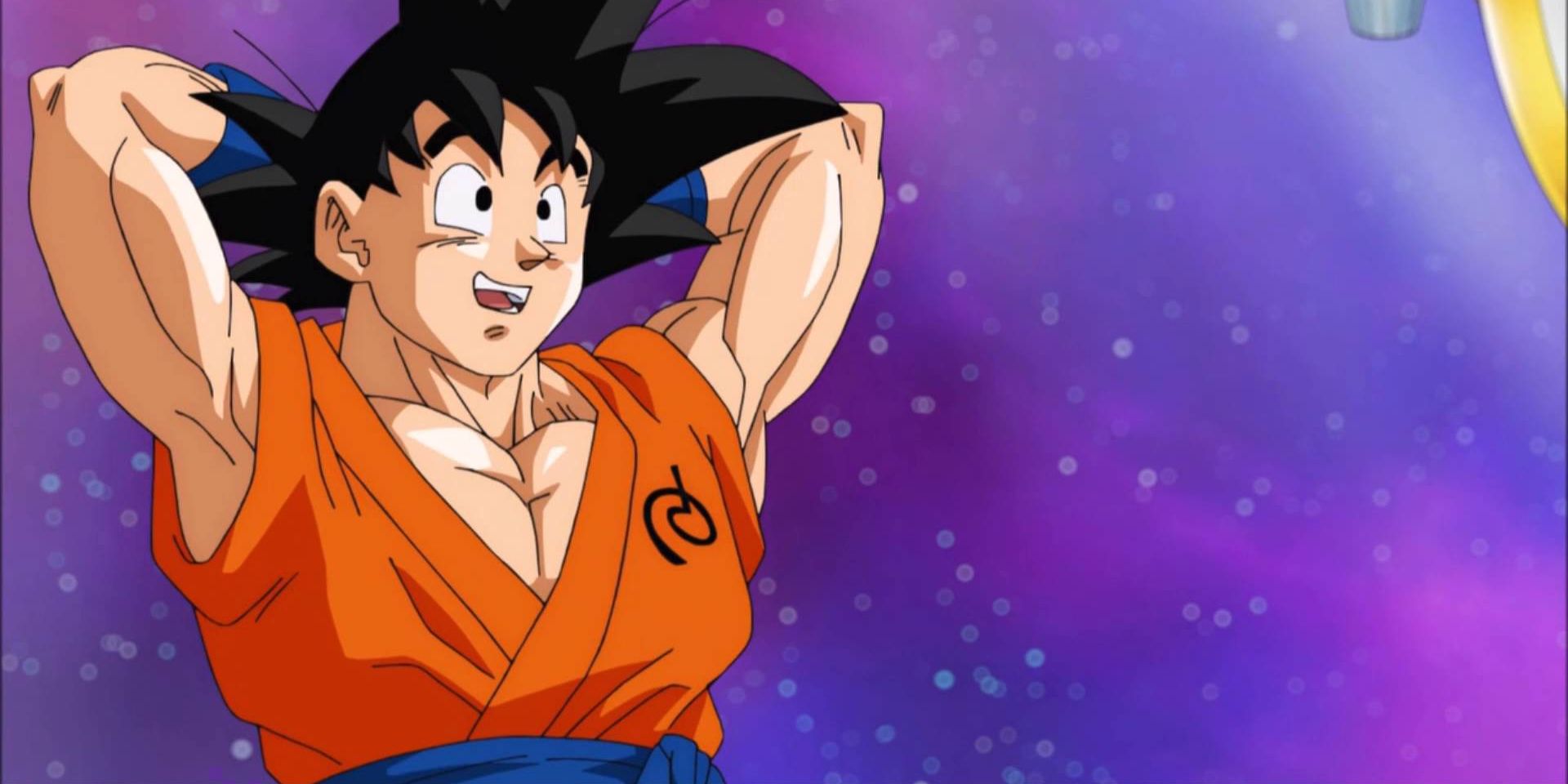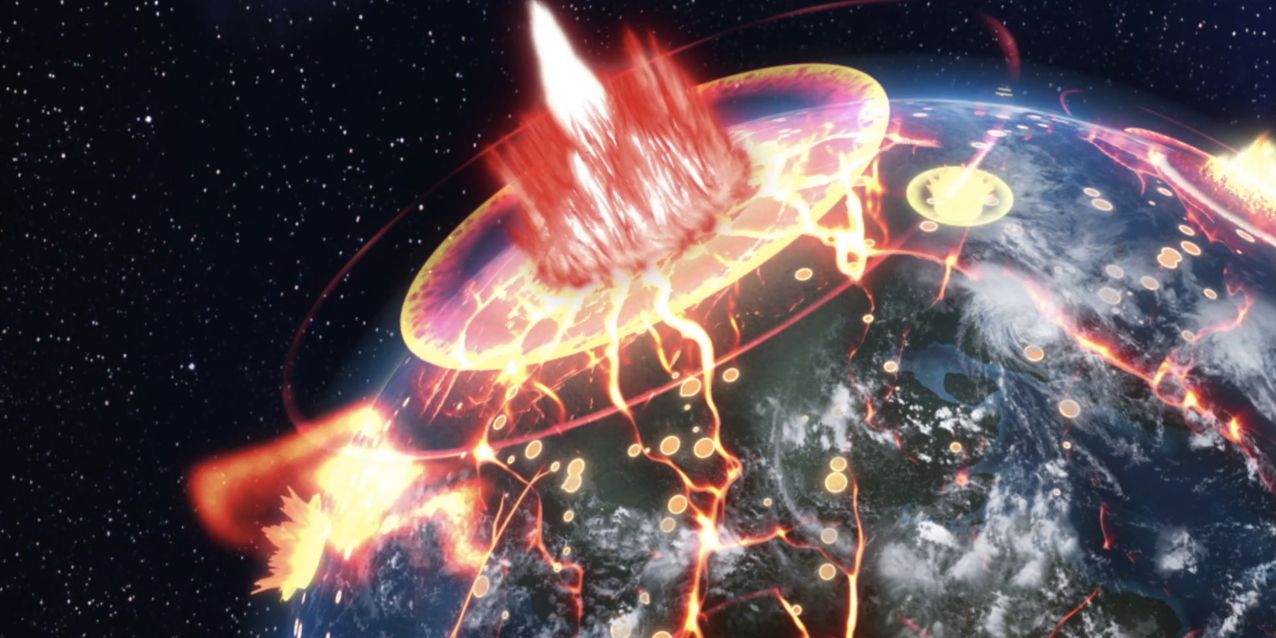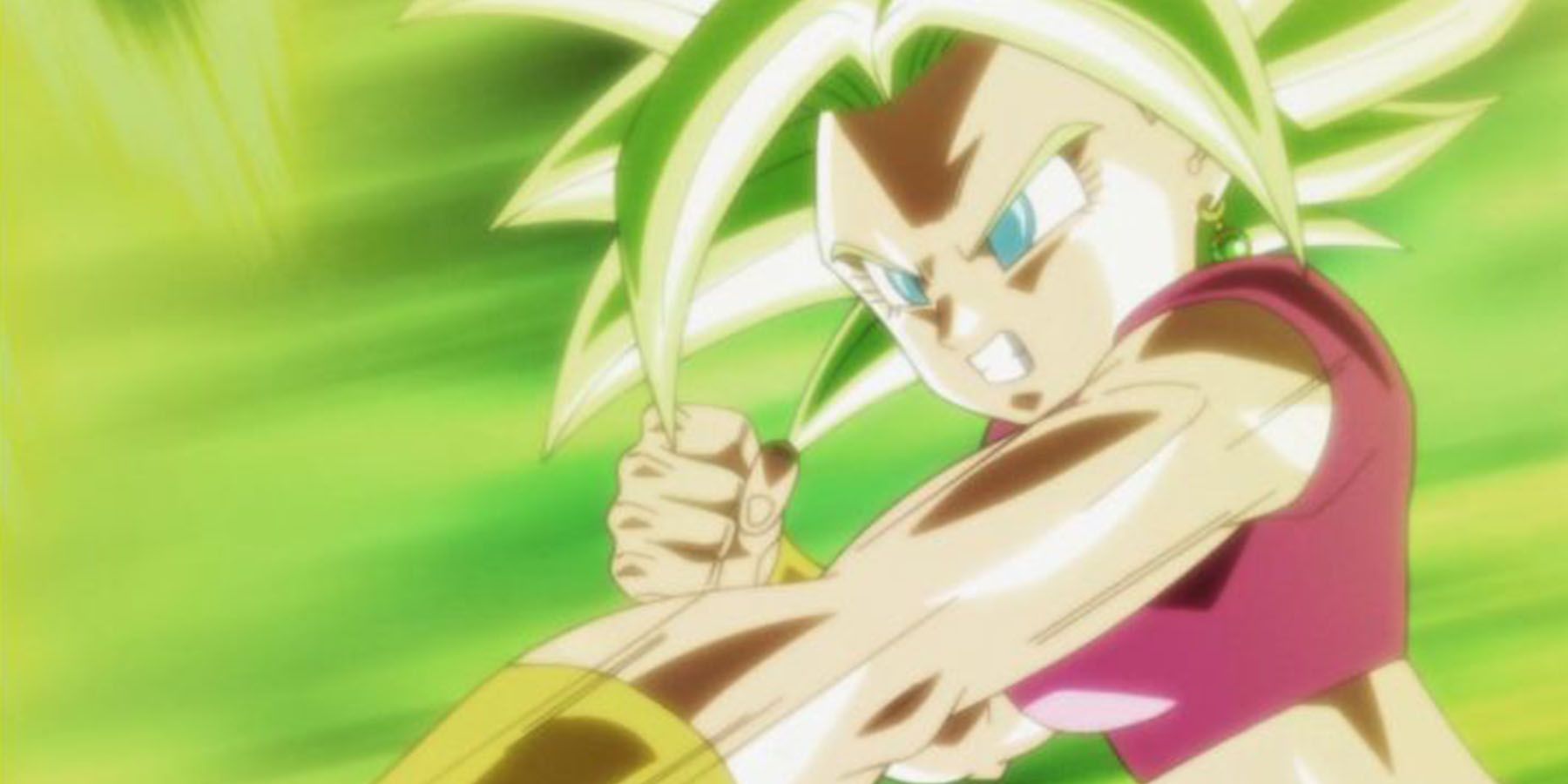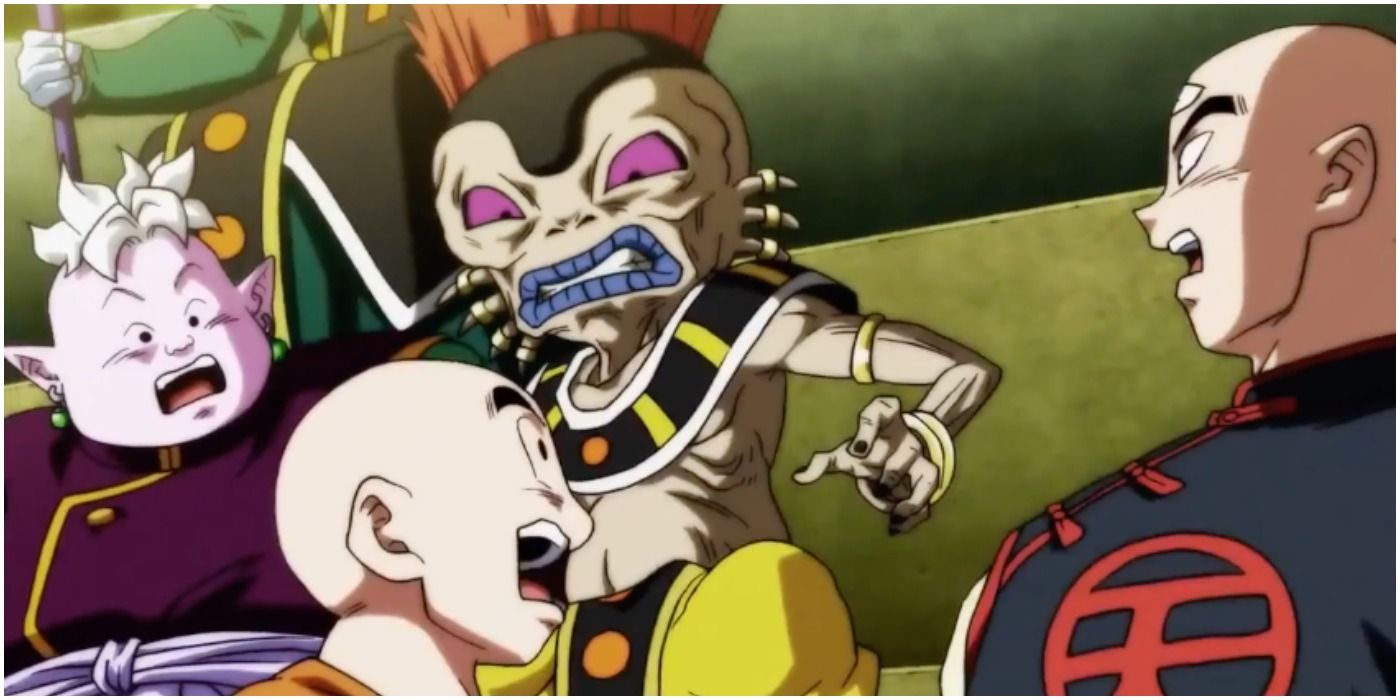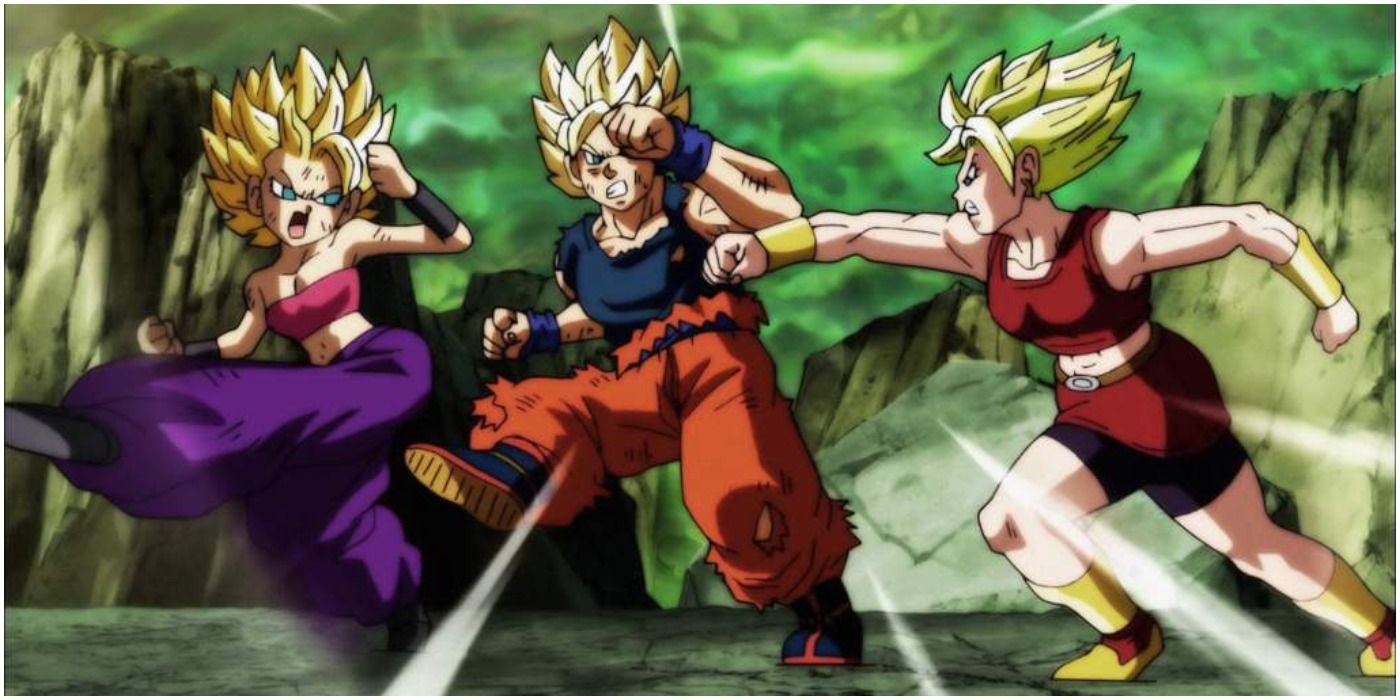There are many iconic anime series, but Akira Toriyama’s Dragon Ball has become one of the most recognizable shows of its kind and it’s only found more success after the release of Dragon Ball Super. The Dragon Ball franchise has been running for decades, and it’s been a fascinating journey to watch Goku and company grow up and witness how the series has evolved over time.
The original Dragon Ball still gets a lot of acclaim, but there have been a few sequel series that attempt to recapture the magic in a new way. Dragon Ball Super is largely viewed as a successful continuation of the Dragon Ball franchise, but it’s also remarkably different from Toriyama’s original vision in some areas.
10 Goku Dies & Sometimes The Villains Get To Win
The original Dragon Ball is presented as the start of Goku’s journey, and while it’s not void of hardships, it remains a largely positive and inspirational adventure. Goku faces grown enemies, but the fact that he’s a child would make it considerably darker if he were to meet his end. Goku never dies in Dragon Ball and even though villains occasionally get the upper hand, they never outright succeed. Dragon Ball Super isn’t afraid to take out Goku and feature depressing victories from villains like Zamasu or Frieza, even if they’re only temporary.
9 Namekians Are Now Allies
Dragon Ball might not have exactly known wheat Namekians were back when they first appeared in the original series, but they’re still a prominent part of Dragon Ball’s later episodes. The Demon King Piccolo as well as his offspring are the series’ first taste of Namekians, and they’re arguably the evilest characters from the whole anime. It’s quite a change of pace in Dragon Ball Super when Goku explicitly works with a Namekian, and there’s a whole robust race of helpful examples of the species. Universe 6 also shows determined fighters from Namek beyond what’s present in Universe 7.
8 Goku’s Relationship With Chi-Chi Becomes Superficial
The Dragon Ball franchise isn’t completely void of romance, but it’s definitely an element that takes a backseat to action or comedy. The final episodes of Dragon Ball depict a more mature version of Goku who decides to marry Chi-Chi and enter the next stage of his life with her.
It’s a very sweet conclusion, yet in Dragon Ball Super Goku constantly avoids his wife or lies to her so that he can continue to fight instead of being at home. Nobody expected Goku to give up training, but it’s surprising just how much of an afterthought Chi-Chi becomes.
7 The Rules Of The Dragon Balls Are Now Completely Different
The Dragon Balls themselves play an important role in each of the different Dragon Ball series, but it’s rather surprising just how much more complicated they are in Dragon Ball Super. The original series has very simple rules that involve one wish every year. Dragon Ball Super paints a more complex picture where there are multiple sets of Dragon Balls, each with their own specific rules and rewards. Super even shows that some planets can have sets of Dragon Balls that consist only of two or three orbs.
6 There’s An Emphasis On New Transformations & Super Saiyan Levels
The original Dragon Ball features incredible fighters with abilities and attacks that would blow the mind of any regular martial artist. It finds a balance between grounded and supernatural combat but leans more towards the former. This principle is completely gone in Dragon Ball Super and conventional attacks are borderline irrelevant in comparison to any of the Super Saiyan transformations that are unlocked. Not only do characters rely on these transformations, but those who lack them become irrelevant and important Dragon Ball characters like Yamcha are no longer able to keep up.
5 Goku Becomes Gullible & Naive Rather Than Curious
One of the fun details in Dragon Ball is that the protagonist is a young child who's led a very sheltered life that’s given him a unique perspective on the world. Goku has a lot to learn, but Dragon Ball flourishes when it focuses on Goku’s curiosity towards this new world and what it can offer him.
This is a healthy curiosity that makes him many friends and helps him become stronger. Dragon Ball Super presents an exaggerated Goku and his curiosity regresses into naïvety that’s actively harmful. Goku’s gullible nature has allowed villains the opportunity to win, too.
4 The Enemies Come From Outer Space & Beyond The Earth
All of the threats back in the original Dragon Ball feel appropriately dangerous at the time, but they’re made up of disgruntled military forces or competitive martial arts. These are primarily homegrown threats that are other humans or at least originate on Earth. Practically not a single antagonist in Dragon Ball Super comes from Earth, and they’re all threats from outer space or even completely different timelines. The anime is at a point where the danger needs to come from this heightened place, but the villains look totally different from where things started.
3 Fusion Is An Easy Way To Gain More Power
The majority of the lessons in Dragon Ball come down to inner strength and how power and courage can turn a normal person into something extraordinary. Goku initially faces big obstacles that seem impossible for a mere boy, only for him to conquer the threat by himself. The enemies in Dragon Ball Super are now so immense that it’s actually sometimes impossible for one person to finish the job on their own. Fusion allows more than one powerful individual to combine their strength together. It’s a frequent solution in Dragon Ball Super, but it’s antithetical to the power of one.
2 There Are Now Multiple Universes & Vengeful Gods
The original Dragon Ball sets some very clear lines between humans and celestial beings, and even a topic like death and the afterlife goes largely unexplored in the series. The brief instances of such deities in Dragon Ball are individuals like Korin, Kami, or Shenron. Dragon Ball Super turns these powerful presences into lowly pawns by vastly expanding its universe. Dragon Ball Super doesn’t just introduce Godly figures like Beerus and Whis, but it plays with the concept of a multiverse, which turns Earth into an even smaller and more insignificant presence in the larger scheme of things.
1 Goku Is The Leader & Fully Matured
Perhaps the most iconic aspect of Dragon Ball is that Goku’s youth is front and center and that the audience gets to witness his growth over time. There is a clear difference in the character each season, which mirrors his training under multiple mentors. Dragon Ball Super isn’t stuck in stasis, but Goku is a fully grown adult at this point who doesn’t experience the same evolution as he previously did. Goku also trains others and is the first line of defense, whereas he’s very much an impressionable pupil in his younger years.

